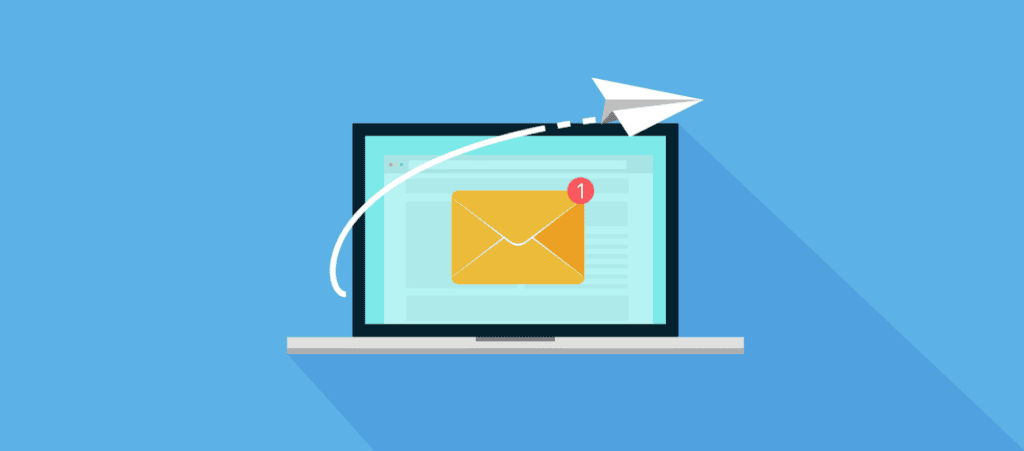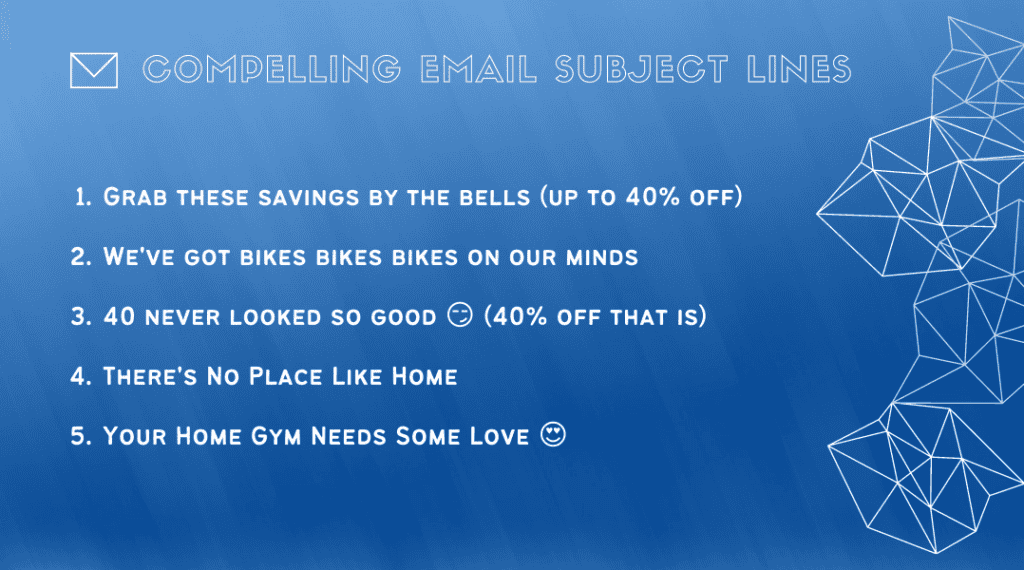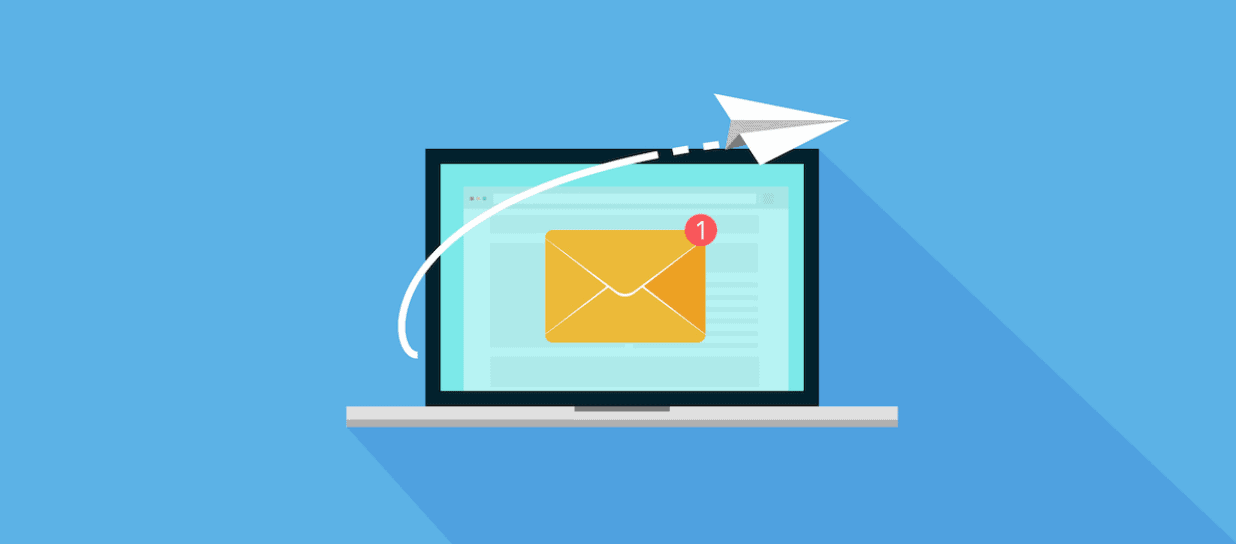Is email marketing still important in 2022? With a return on investment of up to 4400%, it remains the best way to attract and retain customers. Before Google Ads and the rise of social, email was the OG channel to reach audiences online.

Photo credit: Workana.com
If you’re a small business owner and leader, you’ve probably figured out that communication goes a long way in building long-lasting relationships with clients and customers.
According to MailChimp, 49% of consumers said they’d like to receive promotional emails from brands they adore.
Extra brownie points if you’ve already fostered a meaningful relationship with them through other forms of communication.
No matter how small your business is, you have the power to reach people through email marketing 24 hours a day – and it’s cost-effective.
Here are five tips to help your small business leverage email marketing and be in the “know” to give your brand the word-of-mouth it deserves.
What is email marketing?
Email marketing is a strategy and a tactic used to promote your services or products. You can also develop and nurture relationships with current and potential customers. It helps boost conversions and revenue while providing your subscribers with information to help them achieve their goals.
5 Tips to Consider for Your Email Marketing Strategy
1. Choosing a format for your email: Plain Text or HTML
When formatting your email, you will stumble upon the option HTML or plain text. HTML format contains images, colours, and links and allows you to showcase your brand colours and insert emojis and GIFs creatively.
The use of emojis has seen a rise of 775% year-over-year in mobile and email marketing messages.
Plain text is more personal, and as the name suggests – it’s made of the copy you write: no images, videos, buttons, or graphical and interactive components.
According to many A/B testing results, plain text emails have a 100% delivery rate.
We can go on for hours about the decades-old debate of HTML vs Plain text. If you’re interested in reading in more length, you can visit our blog post on choosing a format for your email here.
It really comes down to experimenting and figuring out what works better for your small business, audience, objectives, and goals – we’ll also let the numbers do the talking.
HubSpot’s email marketing stats
REX is a certified partner with HubSpot Academy, and our team has enjoyed exploring their partner programs. Hubspot did their A/B testing for email marketing, and we pulled some interesting stats:
- Adding GIFs decreased opens by 37%. HubSpot rationalized that the decrease in open rates could have to do with email recipients failing to load the email
- HTML templates had 25% lower opens. HubSpot compared plain text with HTML, and the more visual elements performed worse than the email without any graphics or images
HubSpot also compared the click rate of emails based on the number of images. More images = less conversions. Why?
According to HubSpot, the rich HTML formatting and heavy imagery deemed the email ‘promotional’ in the inbox and was never seen by the subscriber.
So, less is more? Not necessarily. If you are an eCommerce brand, HTML could make more sense, especially if you are consistently running flashy promotional campaigns. If you’re a small business focused on fostering personal 1-to-1 communication, a plain text might fit your needs.
Our recommendation is to try out a hybrid format – the best of both worlds.
- You can create emails that look plain and personal but include some HTML styling
- Hyperlink specific text to track click rates
- Test, track, and monitor engagement opens, clicks and more to optimize your format
2. Use the 3-to-1 rule
We suggest leading with at least three value-packed emails first and leaning into the 4th email with a “solution.” By leading with at least three emails first, you’re slowly building excitement and a conversation with your recipient – better known as a lead magnet instead of going straight to promotion.
A lead magnet is anything that promises to deliver a result of some kind while gathering contact details. This can be a trial subscription, free consultations, Guides or Ebooks, or free training videos.
While lead magnets can take many forms, we suggest positioning the information you’re offering as a gold nugget to the recipient, leading to a transformation.
Here’s an example: “The Challenge.”
When someone signs up for a 10-day challenge, send emails with action items for them to complete during those ten days, and after those ten days, the recipient has accomplished something with you. The challenge could be to “develop an annual marketing budget” or “walk 10-minutes a day to achieve ____.”
That repeated exposure with you helping them get from point A to point B will build trust and hopefully a fruitful customer relationship.
3. Serialized emails or Series-based emails
Piggybacking on “the challenge” concept, think of emails as part of a series. Is there a common problem or obstacle that your customer happens to be going through? Write three emails, each one dealing with one specific step, action, or mindset shift that, combined in a sequence, will get them through to the other side.
At the end of each email – drop a hint about the email that will follow to have your recipients looking forward to receiving and opening it. Your 4th email should then be a call to action – following the 3-to-1 rule we mentioned above.
4. Compelling subject lines
A compelling subject line is one of the most critical factors for email marketing and highlighting your value as a small business. If you treat your subject lines as an afterthought, all your hard work on the email itself was pointless because no one will open it!
Here’s what you need to know:
- The best subject lines are short, witty, and catchy and give your subscriber an excellent reason to open the email. Below are a few examples we used for a client that triggered that curiosity in the recipient to find out what was on the other side of the subject line (increasing open rate)

- Focus on curiosity! We’re curious people – if you ask a question or promise to solve a problem in the subject line and the only way they can find the answer or solution is to open and read, they’re going to open and read it – if you’ve done your job right.
An example could be:
“Could Google’s new feature be a secret to ranking new websites fast?”
If you’re a subscriber closely monitoring google features, this inserts an information gap in your mind. Most of us hate information gaps and need to resolve them by finding the answer (that’s why cliffhangers do so well in TV shows, you’ve got to see how it ends!)
The critical takeaway is to be a tease! Use curiosity to tease the content when possible. And adding some personalization with emojis increases those open rates!
5. Automate your campaign
Ok, by now, you’re thinking… This looks like so much work. We get it – email marketing isn’t your entire business. It’s possible to do a little bit of legwork upfront and put the whole thing in automation, so you don’t have to make email marketing your entire focus in the long term.
First, figure out how long your typical sales cycle lasts. In other words, how long, on average, is the journey from the first website visit to becoming an actual paying customer? Typically, the higher the price point or more luxurious your offering is, the longer it’s going to take – whether it’s a week or six months or more, you’re going to want to start planning out the topics of your emails so you can send approx. One per week for however long that sales cycle lasts for.
Then plan the topics of each email. Make some serialized content and link to the content you may already have, like Youtube videos, blog posts, podcasts, and other businesses’ content that you think might be helpful to your subscribers (this is a great way to repurpose existing content and support other small businesses along the way.)
Now, plan it out in sequence. Use Google docs or spreadsheets to help stay organized! Write one email weekly until you finish the entire cycle and feel fully confident you can set these to automate.
Then, schedule each new email in an automated sequence, spaced out seven days apart. This way, the people on your list will receive your emails in real-time as you write them, and future subscribers will get that email sequence in 3 months or three years (depending on your cycle) once they get to that point in your sequence.
Set it up as a campaign in your service providers like MailChimp, Constant Contact or HubSpot and add each new email to the back of the campaign as you write them. You’ve now done most of the leg work and can track results in real-time. Voila!
Now that you’ve got five gold nuggets – you can get started. Feeling overwhelmed by all of this information? Our team at REX can support your business in crafting an email strategy and automation plan tailored to your business needs.
If this was insightful, bookmark it for later or share this article with another small business you think might be interested in email marketing!
